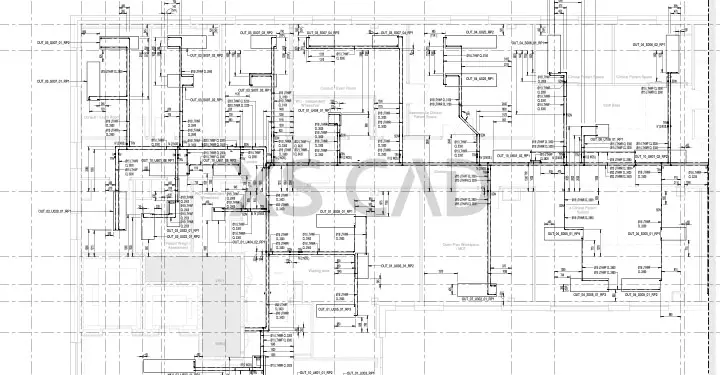Our Articles

Can Robotics Help Fast Track As-built Drawings?
Right from the time of R2-D2 and C-3PO in the original ‘Star Wars’, humans have been awed and inspired by what droids or robots can do. As AI, drones and IoT in the construction industry start making yesterday’s science fiction today’s reality and tomorrow’s vision, can robotics be far behind? Focusing on a little thing called as-built drawings, how can robots contribute?
As-built or as-fitted drawings include details about the finished construction of a building, including materials, location of components and the dimension of spaces and components.
Data Included in As-built Drawings
If documentation relating to the above is faulty or incorrect, it could lead to costly errors in the future.
Government agencies often require as-built documentation to issue building permits. If emergency lighting, fire alarm systems and smoke detection devices are not where they were supposed to be according to the original design and if their placement is not correctly documented, people’s lives may be at risk.

Maintenance teams replacing panelling or rewiring a building can lose time and money if they are misinformed about dimensions and locations. Facility teams can be more efficient knowing all the relevant changes that have occurred during the course of construction. Refurbishment, renovation or demolition of the building is dependent on having an accurate record of the different elements and any changes that have taken place.
Quality matters, and there can never be too much or too accurate detail in as-built drawings.
Role of Robots
Robots can help improve the capture of relevant data, which can then be incorporated into Building Information Modelling (BIM), scan to BIM, point cloud models and any connected construction software.
Robots use algorithms that feed on data from the surrounding environment to see, touch and move. Employing visual sensing through cameras, lasers and radio frequency identification (RFID), robots can sense, estimate and match real-life information with memory data. In this way, a robot can calculate its position in relation to an object and gauge the distance and angle from that object. Using sensors, robots can see objects in their vicinity, furniture close by or a far wall.
To know more about As-built drawings . . .
Thus, a robot can inspect a building faster than humans with improved accuracy and consistency, saving time and manpower. Robotics in construction can improve the quality of inspections and provide an alternative to using expensive manpower, of which there is currently a shortage in the industry. Finding the right architectural design drafting support while incorporating robotics tech into as-built drawings can be a challenge, but not impossible.
XS CAD has valuable experience providing architectural design drafting and as-built drawings for general contractors and design consultants. Our range of services for global firms across the world include mechanical design services, scan to BIM, point cloud modelling services and other MEP services, and we offer retained teams when required. We create these models, drawings and BIM services by using Revit, AutoCAD and BIM Collaborate Pro for cloud collaboration.

